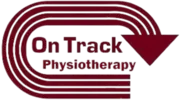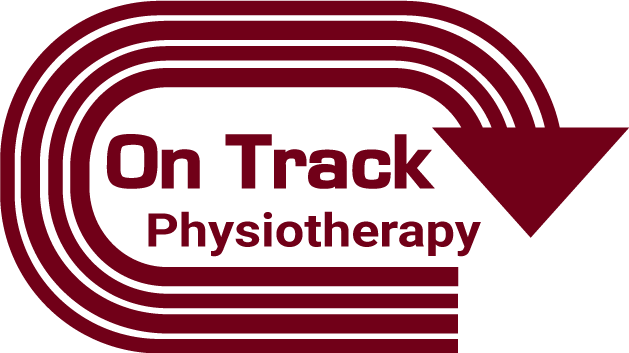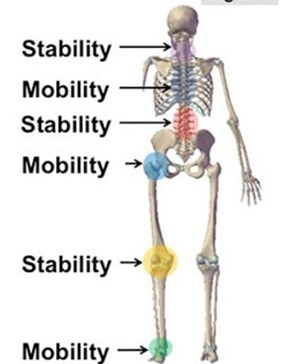Secret #1 – Don’t Focus Just on the Back
Low back pain is a very common problem, and is a topic that comes up often when people find out that I am a physical therapist. The problem with low back pain is that there are a number of different factors that could be contributing to the issue. Without a thorough evaluation, it is impossible to give a direct recommendation. Please don’t think that I am trying to weasel out of the question, but low back pain is probably the most complex area to treat and generalized recommendations get generalized results. With that being said, the purpose of this document is to give you useful information and take home points that can help give you some relief today! If you understand the functions of the segments above and below the low back, a solid correction program can be initiated.
The picture above provides a simple summary of the movement capabilities in different areas of the body. Front and center is the low back, which as you can see, the main function in this area is stability. Above and below the low back are your hips and thoracic (mid) spine. Both of these segments require a great deal of mobility. If you think about this for a minute, it makes perfect sense. The joints with the greatest natural range of motion and degrees of freedom are intended to be mobile, and those with limited ranges are intended to be stable. If areas that are supposed to be mobile do not function optimally, then the body is going to have to create the mobility somewhere else. Most of the time this happens at the expense of areas that are intended to be predominantly stable (in this case the back).
Secret #2 – Start Moving
One of the biggest mistakes some people make after getting back pain is they stop moving completely because they are afraid of making it worse. The problem with this is that if you want to get out of pain, you’re going to have to start moving at some point. Doing absolutely nothing will do absolutely nothing to give you relief. It may sound obvious, but find different movements and positions that don’t cause as much pain then repeatedly get into those positions and movements until things start to ease up a bit. When your back or hip pain is affecting the way you walk, sit, get out of a chair or drive, its definitely time to do something so this doesn’t last longer than it needs to for recovery. Below is a very simple example that often times many people can start doing early on in their recovery process.
Secret #3 – The Easiest Way to Start Moving
I realize point #2 and #3 are the same thing. This was done on purpose, because I like action takers and people who are proactive about getting better. Now as prefaced in this guide, back pain can manifest itself in a variety of ways and a variety of intensities. So if your back pain is severe, be sure to start this exercise out slowly in a small range of motion and move on from there. If you feel your pain is worsening, please use common sense and stop (it should go without saying, that this exercise may not be for everyone). With all that being said, here is one of the easiest exercises I have found to start easing back pain and get someone moving again after treating hundreds of people over the years with back pain.
Secret #4 – Ease Back Pain by Reducing Compression on the Back
You are probably asking “how can I do this?” Or “how do I know if this is a problem?”
The simplest way of telling if you are naturally too extended or compressed in the back more so than normal is to lay flat on your back and look at your ribcage. If you identify a large rib flare on one or both sides, this could be playing a role in your back and hip symptoms. Below is a picture of what I am talking about.

Here is a simple exercise that you can do to help combat this issue and relieve some compression at the back. Note: this exercise is only scratching the surface on how we can address this issue.
Secret #5 – Movement Assessment
Having a trained eye watch how you move through different ranges of motion and see where limitations might exist in hips, spine, among others. This will often direct which set of particular exercises and potentially manual therapy techniques would be most important for your particular set of limitations. Sometimes generalized exercise and soft tissue work will not do the trick. This is why we at On Track Physical Therapy will take you through a movement assessment every visit and multiple times per visit. It allows us to be very targeted in what we do as opposed to throwing things out and hoping something sticks. This allows us to help you get off painkillers, get some sleep, and continue to move as fast as possible. If that sounds like something you’d enjoy, then let us know by filling out this quick questionnaire below and inquire about a FREE Discovery Visit.

About the Author: Dr. Greg Schaible is a physical therapist and strength coach specializing in athletic performance. He attended The University of Findlay as a student athlete. As an athlete he competed in both Indoor and Outdoor Track & Field where he earned honors as a 5x Division II All-American and 6x Division II Academic All-American. In 2013 he completed Graduate School earning his Doctorate of Physical Therapy (DPT). Greg is the owner of On Track Physical Therapy in Ann Arbor, Mi. Follow On Track PT and Performance on Facebook.



